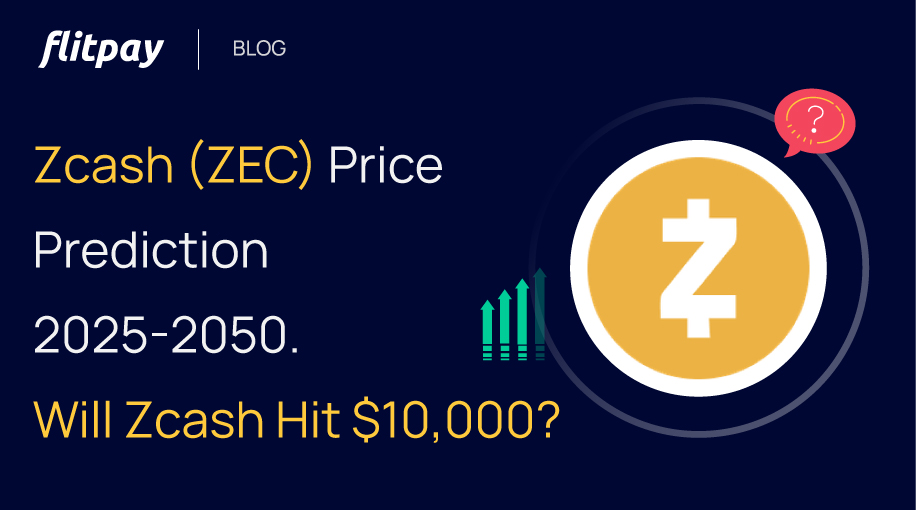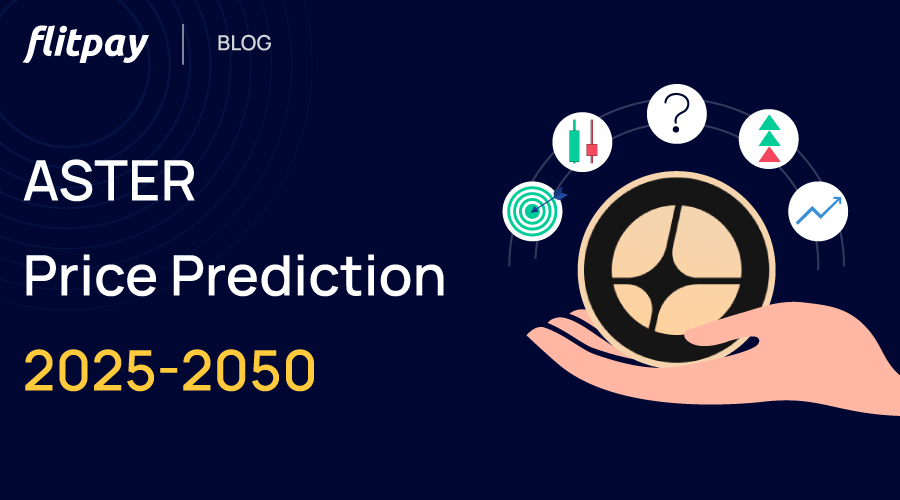After Smart contracts, if anything is equally popular about Ethereum, it is Ethereum Virtual Machine or EVM.
But why is it so important, and what does it do?
Let's know it all today.
What is an Ethereum Virtual Machine (EVM)?
Ethereum Virtual Machine (EVM) is a decentralized cloud computer governed by thousands of computers in the Ethereum blockchain network. It coordinates with network nodes to verify transactions and deploy smart contracts.
As the name suggests, EVM is a "virtual machine" existing virtually instead of physically, like general computers or machines. An EVM produces an output for every input it gets according to fixed mathematical functions incorporated in it. It acts as the master computer that maintains the consensus in all nodes every time a new block or transaction adds up in the Ethereum blockchain.
How does Ethereum Virtual Machine (EVM) work?
Smart Contracts on Ethereum are built on its programming language, Solidity. But these smart contracts are not understandable by the Ethereum system because the system understands only bytecodes. Therefore, the system compiles these contracts into bytecodes and sends them to EVM.
It works exactly like a traditional computer that runs high-level coding languages like C++ by converting them into low-level machine code that the computer can understand. When the machine code gets into the computer CPU, it processes these codes and executes the necessary result.
Similarly, the Solidity compiler converts codes in Solidity into Bytecodes and feeds them to EVM so that EVM can understand them and complete the actions in Ethereum accordingly. Following the instructions mentioned in the bytecodes, EVM guides all the network nodes to bring them into an agreement and execute a result. This way, Ethereum verifies all the transactions and makes the transaction data, which EVM updates in the distributed ledger of Ethereum. All the nodes then copy the updated distributed ledger and keep it to themselves.
Developers see EVM as a comprehensive program that helps them run and deploy smaller programs like Smart contracts and allows them to edit and change these smart contracts. This flexibility of EVM is the key reason behind developers preferring the Ethereum blockchain to develop dApps. Once developers create these dApps, the Smart contracts of these dApps get converted into bytecode, fed to the EVM, and distributed to all the network nodes. After it, EVM starts communicating with all the network nodes to maintain a consensus.
What is EVM Compatibility?
EVM Compatibility means the ability of blockchains to create and deploy Smart Contracts that are deployable into EVM without much auditing. Some popular EVM-compatible blockchains are Avalanche, Polygon, Solana, Harmony, and Fantom.
Ethereum has the largest dApp network that attracts new dApp developers. However, due to the scalability and high gas fee issues of Ethereum, these developers choose other alternatives like Solana and polygon to build dApps. And they prefer EVM-compatible blockchains to keep their dApps compatible with Ethereum.
Moreover, EVM compatibility is also very helpful in transferring funds and porting dApps from Ethereum to other chains. For example, EVM Compatible Binance Smart Chain (BSC) facilitates easy ETH transfers over it for Ethereum users.
End Note
Ethereum Virtual Machine acts like the heart of Ethereum. It makes sure that all the nodes in the Ethereum blockchain are working in a synchronized manner and following the conditions embedded in the smart contracts. An EVM also eases the creation of dApp and its deployment by making the Ethereum environment developer friendly. Different blockchains have emerged as Ethereum Virtual machine compatible for attracting developers and dApp projects who prefer EVM-supported projects. EVM is an incredible invention by Ethereum core developers that significantly contributed to the development of the dApp industry.





